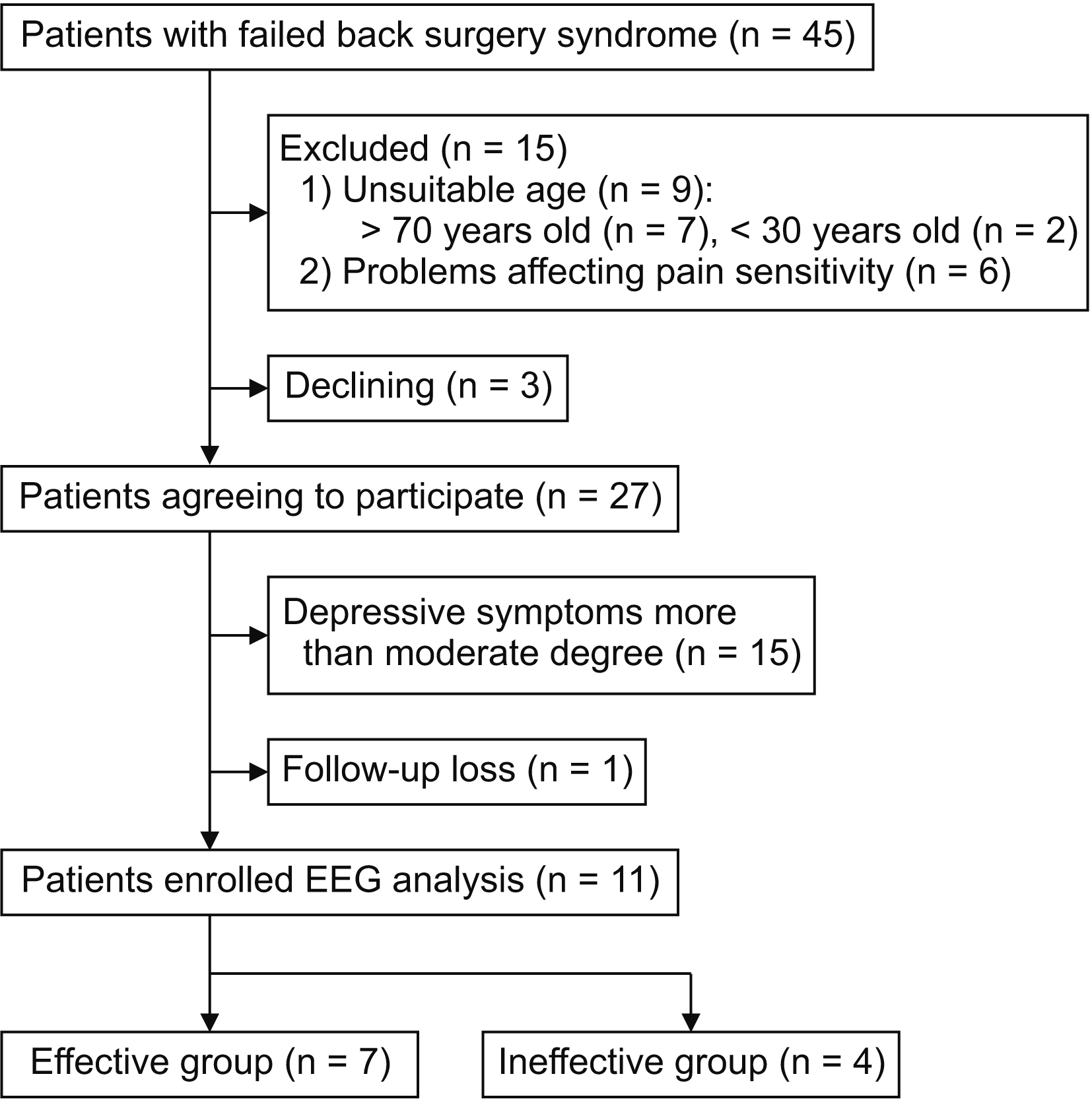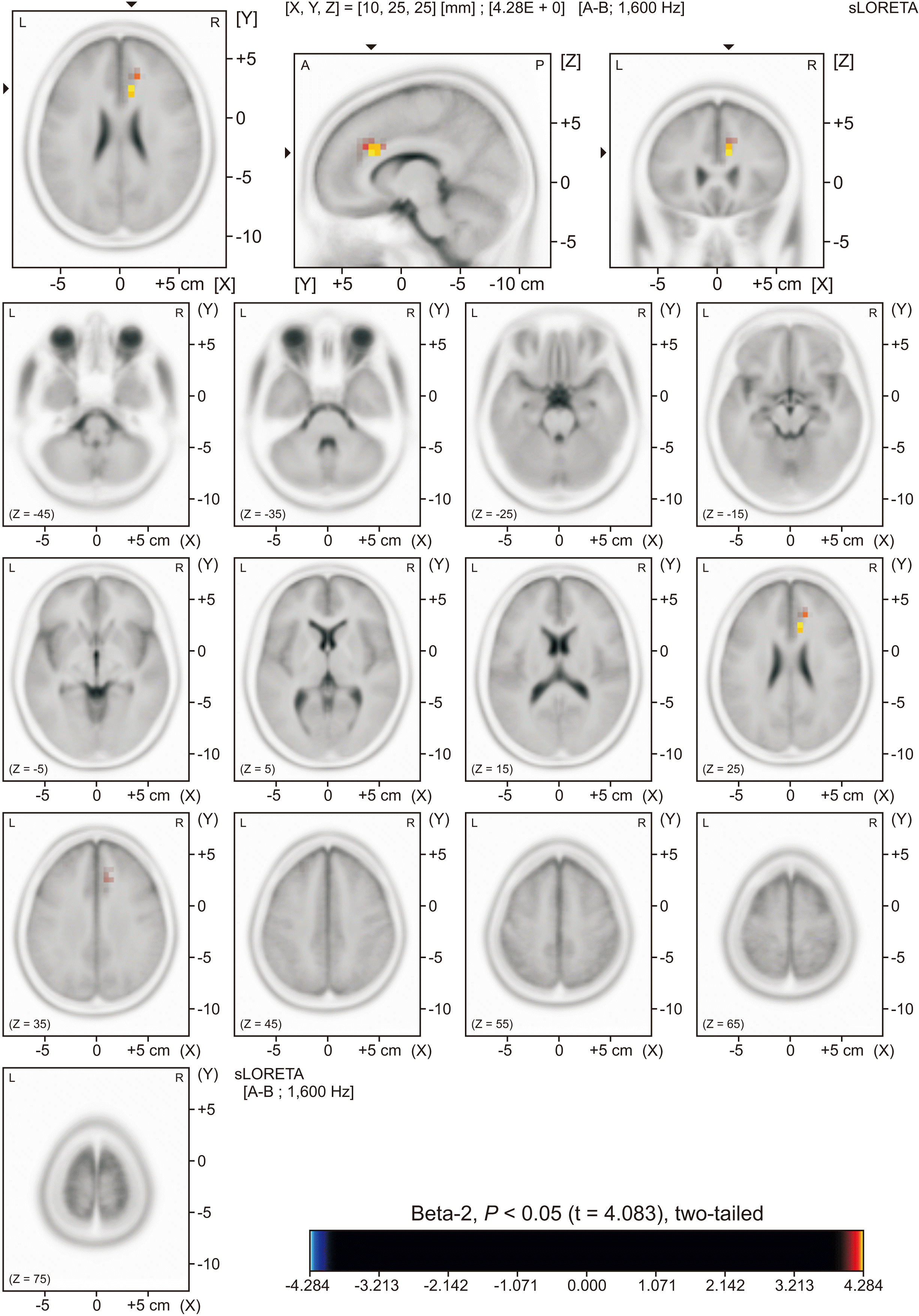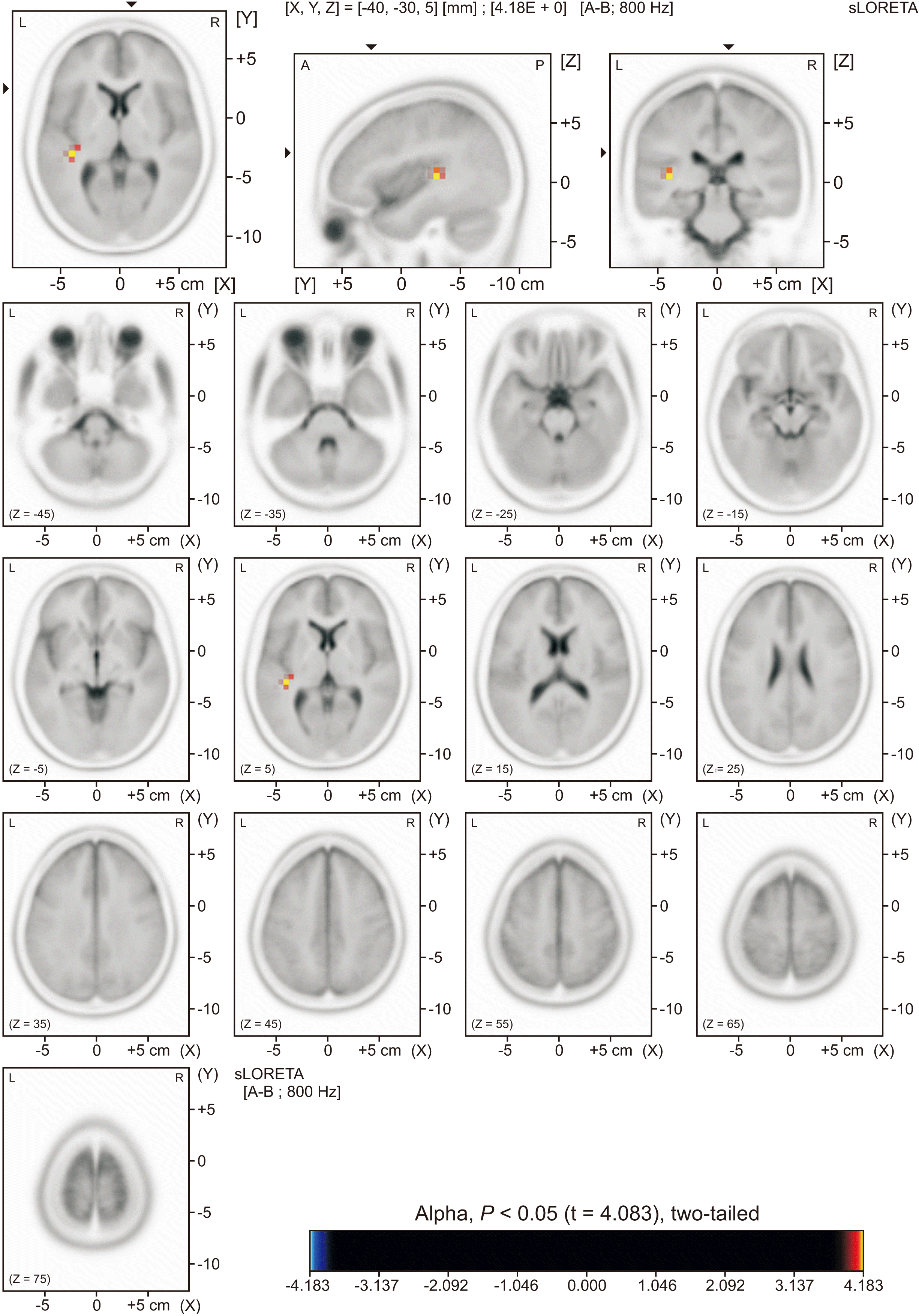1. Hoy D, March L, Brooks P, Blyth F, Woolf A, Bain C, et al. 2014; The global burden of low back pain: estimates from the Global Burden of Disease 2010 study. Ann Rheum Dis. 73:968–74. DOI:
10.1136/annrheumdis-2013-204428. PMID:
24665116.

2. Smith M, Davis MA, Stano M, Whedon JM. 2013; Aging baby boomers and the rising cost of chronic back pain: secular trend analysis of longitudinal Medical Expenditures Panel Survey data for years 2000 to 2007. J Manipulative Physiol Ther. 36:2–11. DOI:
10.1016/j.jmpt.2012.12.001. PMID:
23380209. PMCID:
PMC3596008.

3. Rajaee SS, Bae HW, Kanim LE, Delamarter RB. 2012; Spinal fusion in the United States: analysis of trends from 1998 to 2008. Spine (Phila Pa 1976). 37:67–76. DOI:
10.1097/BRS.0b013e31820cccfb. PMID:
21311399.
5. Diebo BG, Passias PG, Marascalchi BJ, Jalai CM, Worley NJ, Errico TJ, et al. 2015; Primary versus revision surgery in the setting of adult spinal deformity: a nationwide study on 10,912 patients. Spine (Phila Pa 1976). 40:1674–80. DOI:
10.1097/BRS.0000000000001114. PMID:
26267823.
7. Freynhagen R, Bennett MI. 2009; Diagnosis and management of neuropathic pain. BMJ. 339:b3002. DOI:
10.1136/bmj.b3002. PMID:
19675082.

8. Ricci M, Pirotti S, Scarpi E, Burgio M, Maltoni M, Sansoni E, et al. 2012; Managing chronic pain: results from an open-label study using MC5-A Calmare®device. Support Care Cancer. 20:405–12. DOI:
10.1007/s00520-011-1128-6. PMID:
21394458.

9. Smith TJ, Coyne PJ, Parker GL, Dodson P, Ramakrishnan V. 2010; Pilot trial of a patient-specific cutaneous electrostimulation device (MC5-A Calmare®) for chemotherapy-induced peripheral neuropathy. J Pain Symptom Manage. 40:883–91. DOI:
10.1016/j.jpainsymman.2010.03.022. PMID:
20813492. PMCID:
PMC4383258.

11. Craig AD, Reiman EM, Evans A, Bushnell MC. 1996; Functional imaging of an illusion of pain. Nature. 384:258–60. DOI:
10.1038/384258a0. PMID:
8918874.

13. Levi V, Cordella R, D'Ammando A, Tringali G, Dones I, Messina G, et al. 2019; Dorsal anterior cingulate cortex (ACC) deep brain stimulation (DBS): a promising surgical option for the treatment of refractory thalamic pain syndrome (TPS). Acta Neurochir (Wien). 161:1579–88. DOI:
10.1007/s00701-019-03975-5. PMID:
31209628.

14. Peyron R, García-Larrea L, Grégoire MC, Costes N, Convers P, Lavenne F, et al. 1999; Haemodynamic brain responses to acute pain in humans: sensory and attentional networks. Brain. 122(Pt 9):1765–80. DOI:
10.1093/brain/122.9.1765. PMID:
10468515.
15. Sikes RW, Vogt BA. 1992; Nociceptive neurons in area 24 of rabbit cingulate cortex. J Neurophysiol. 68:1720–32. DOI:
10.1152/jn.1992.68.5.1720. PMID:
1479441.

16. Vaccarino AL, Melzack R. 1989; Analgesia produced by injection of lidocaine into the anterior cingulum bundle of the rat. Pain. 39:213–9. DOI:
10.1016/0304-3959(89)90008-0. PMID:
2594399.

17. Baumgärtner U, Tiede W, Treede RD, Craig AD. 2006; Laser-evoked potentials are graded and somatotopically organized anteroposteriorly in the operculoinsular cortex of anesthetized monkeys. J Neurophysiol. 96:2802–8. DOI:
10.1152/jn.00512.2006. PMID:
16899640.

18. Hofbauer RK, Fiset P, Plourde G, Backman SB, Bushnell MC. 2004; Dose-dependent effects of propofol on the central processing of thermal pain. Anesthesiology. 100:386–94. DOI:
10.1097/00000542-200402000-00031. PMID:
14739816.

20. Legrain V, Iannetti GD, Plaghki L, Mouraux A. 2011; The pain matrix reloaded: a salience detection system for the body. Prog Neurobiol. 93:111–24. DOI:
10.1016/j.pneurobio.2010.10.005. PMID:
21040755.
21. Peyron R, Laurent B, García-Larrea L. 2000; Functional imaging of brain responses to pain. A review and meta-analysis (2000). Neurophysiol Clin. 30:263–88. DOI:
10.1016/S0987-7053(00)00227-6. PMID:
11126640.

22. Michel CM, Murray MM, Lantz G, Gonzalez S, Spinelli L, Grave de Peralta R. 2004; EEG source imaging. Clin Neurophysiol. 115:2195–222. DOI:
10.1016/j.clinph.2004.06.001. PMID:
15351361.

24. Gross J, Kujala J, Hämäläinen M, Timmermann L, Schnitzler A, Salmelin R. 2001; Dynamic imaging of coherent sources: studying neural interactions in the human brain. Proc Natl Acad Sci U S A. 98:694–9. DOI:
10.1073/pnas.98.2.694. PMID:
11209067. PMCID:
PMC14650.

25. Davis KD, Flor H, Greely HT, Iannetti GD, Mackey S, Ploner M, et al. 2017; Brain imaging tests for chronic pain: medical, legal and ethical issues and recommendations. Nat Rev Neurol. 13:624–38. DOI:
10.1038/nrneurol.2017.122. PMID:
28884750.

26. Tracey I, Johns E. 2010; The pain matrix: reloaded or reborn as we image tonic pain using arterial spin labelling. Pain. 148:359–60. DOI:
10.1016/j.pain.2009.11.009. PMID:
20080346.

27. Bélanger M, Allaman I, Magistretti PJ. 2011; Brain energy metabolism: focus on astrocyte-neuron metabolic cooperation. Cell Metab. 14:724–38. DOI:
10.1016/j.cmet.2011.08.016. PMID:
22152301.

29. Nguyen T, Potter T, Karmonik C, Grossman R, Zhang Y. 2018; Concurrent EEG and functional MRI recording and integration analysis for dynamic cortical activity imaging. J Vis Exp. 136:56417. DOI:
10.3791/56417. PMID:
30010646. PMCID:
PMC6102018.

30. Seeber M, Cantonas LM, Hoevels M, Sesia T, Visser-Vandewalle V, Michel CM. 2019; Subcortical electrophysiological activity is detectable with high-density EEG source imaging. Nat Commun. 10:753. DOI:
10.1038/s41467-019-08725-w. PMID:
30765707. PMCID:
PMC6376013.

31. Ramon C, Schimpf PH, Haueisen J. 2006; Influence of head models on EEG simulations and inverse source localizations. Biomed Eng Online. 5:10. DOI:
10.1186/1475-925X-5-10. PMID:
16466570. PMCID:
PMC1389789.

33. Kwon OY, Park SP. 2013; Frequency of affective symptoms and their psychosocial impact in Korean people with epilepsy: a survey at two tertiary care hospitals. Epilepsy Behav. 26:51–6. DOI:
10.1016/j.yebeh.2012.10.020. PMID:
23207517.

35. Cleeland CS, Ladinsky JL, Serlin RC, Nugyen CT. 1988; Multidimensional measurement of cancer pain: comparisons of US and Vietnamese patients. J Pain Symptom Manage. 3:23–7. DOI:
10.1016/0885-3924(88)90134-0. PMID:
3351345.

37. Yun YH, Mendoza TR, Heo DS, Yoo T, Heo BY, Park HA, et al. 2004; Development of a cancer pain assessment tool in Korea: a validation study of a Korean version of the brief pain inventory. Oncology. 66:439–44. DOI:
10.1159/000079497. PMID:
15452372.

38. Pascual-Marqui RD. 2002; Standardized low-resolution brain electromagnetic tomography (sLORETA): technical details. Methods Find Exp Clin Pharmacol. 24 Suppl D:5–12. PMID:
12575463.
39. R Core Team. 2020. R: a language and environment for statistical computing [Internet]. R Foundation for Statistical Computing;Vienna: Available at:
https://www.R-project.org/.
40. Simić G, Hof PR. 2015; In search of the definitive Brodmann's map of cortical areas in human. J Comp Neurol. 523:5–14. DOI:
10.1002/cne.23636. PMID:
24889330.

41. Kragel PA, Kano M, Van Oudenhove L, Ly HG, Dupont P, Rubio A, et al. 2018; Generalizable representations of pain, cognitive control, and negative emotion in medial frontal cortex. Nat Neurosci. 21:283–9. DOI:
10.1038/s41593-017-0051-7. PMID:
29292378. PMCID:
PMC5801068.

42. Zhang Y, Yu T, Qin B, Li Y, Song G, Yu B. 2016; Microstructural abnormalities in gray matter of patients with postherpetic neuralgia: a diffusional kurtosis imaging study. Pain Physician. 19:E601–11. DOI:
10.36076/ppj/2019.19.E601. PMID:
27228526.
43. Jiang L, Zuo XN. 2016; Regional homogeneity: a multimodal, multiscale neuroimaging marker of the human connectome. Neuroscientist. 22:486–505. DOI:
10.1177/1073858415595004. PMID:
26170004. PMCID:
PMC5021216.
44. Zhang Y, Cao S, Yuan J, Song G, Yu T, Liang X. 2020; Functional and structural changes in postherpetic neuralgia brain before and six months after pain relieving. J Pain Res. 13:909–18. DOI:
10.2147/JPR.S246745. PMID:
32440196. PMCID:
PMC7210030.
46. Sharma P, Seeck M, Beniczky S. 2019; Accuracy of interictal and ictal electric and magnetic source imaging: a systematic review and meta-analysis. Front Neurol. 10:1250. DOI:
10.3389/fneur.2019.01250. PMID:
31849817. PMCID:
PMC6901665.








 PDF
PDF Citation
Citation Print
Print



 XML Download
XML Download